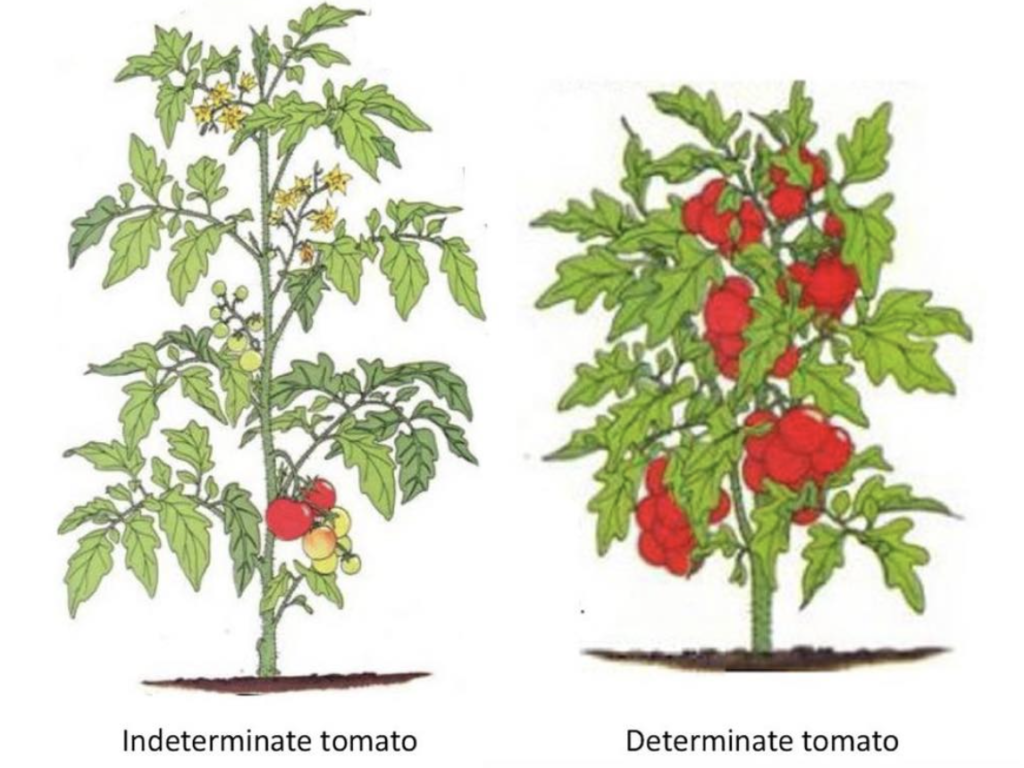Tomatoes are a beloved garden staple, but to maximize their health and productivity, proper pruning is essential. This guide will walk you through the importance of pruning tomatoes, when and how to prune them effectively, and provide insightful tips for a bountiful harvest.
Understanding the Importance of Tomato Pruning
Pruning tomatoes is crucial for several reasons:
- Improves Air Circulation: Pruning opens up the plant, reducing the risk of fungal diseases by allowing air to flow freely.
- Enhances Sunlight Exposure: Removing excess foliage ensures sunlight reaches the fruits, promoting healthy growth and ripening.
- Directs Energy to Fruit Production: By removing unnecessary shoots and leaves, the plant can focus its energy on producing larger, healthier fruits.
Preparing to Prune
Before you begin pruning, gather the necessary tools: clean, sharp pruning shears or scissors. Disinfect your tools before and after pruning to prevent disease spread.
Step-by-Step Pruning Process
Step 1: Identify the Type of Tomato Plant
- Determinate Tomatoes: Minimal pruning; remove suckers below the first flower cluster.
- Indeterminate Tomatoes: Regular pruning needed to manage size and energy.
Step 2: Pruning Basics
- Remove Suckers: Eliminate small shoots in the axils, focusing on indeterminate varieties below the first fruit cluster.
- Prune Lower Leaves: Prevent soil-borne diseases by removing leaves close to the ground, especially after fruit set.
- Thin Out Leaves: Improve air circulation and sunlight penetration by thinning middle leaves.
Step 3: Advanced Pruning Techniques
- Topping Off: Cut off the top growing point of indeterminate plants a month before frost to direct energy into ripening fruit.
- Missouri Pruning: Pinch off sucker tips, leaving one or two leaves, to balance leafy growth and fruit production.
Step 4: Regular Maintenance
- Monitor Your Plants: Check regularly and prune as needed, preferably in the morning when plants are dry.
- Support Your Plants: Stake, cage, or trellis plants for support, especially as they grow and bear fruit.
Step 5: Post-Pruning Care
- Watering: Ensure plants receive enough water, focusing on the base to avoid wetting leaves and causing fungal diseases.
- Fertilizing: Feed plants with balanced fertilizer, especially after significant pruning, to support growth.
Conclusion
Pruning tomatoes may seem daunting, but with practice, it becomes a rewarding part of tomato cultivation. By following these steps and understanding your plants’ needs, you can ensure a healthy, productive garden filled with delicious, sun-ripened tomatoes. Happy gardening!
